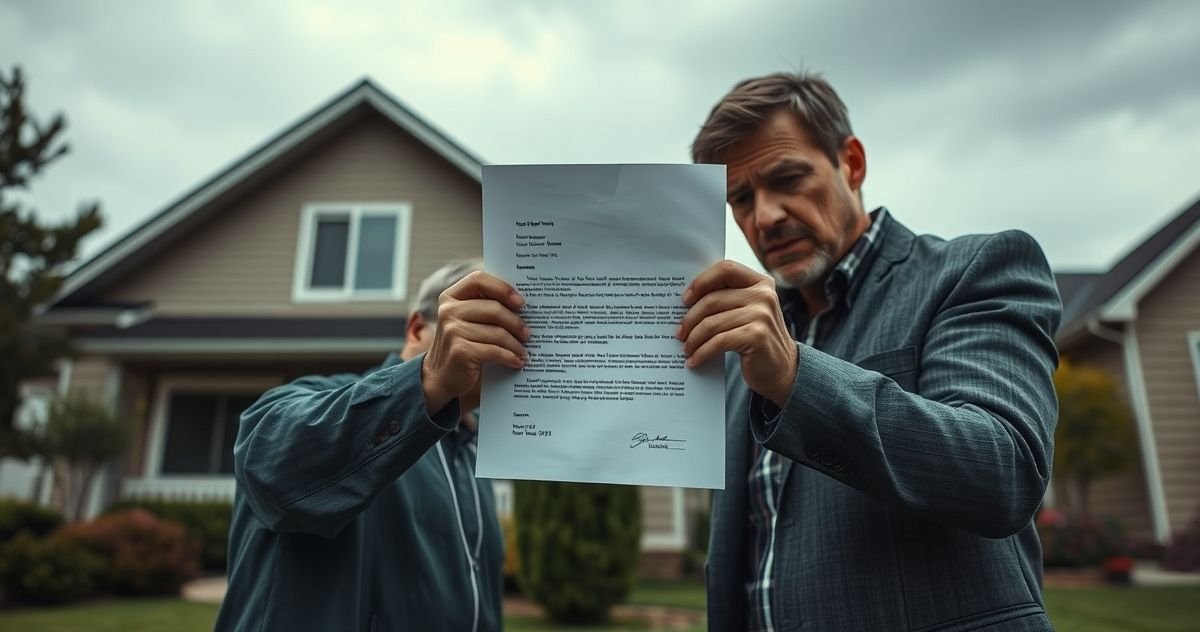A HELOC termination letter is an important document from your lender informing you that your access to your Home Equity Line of Credit (HELOC) is being cut off before the normal end of the draw period. This letter signifies that while you cannot make new borrowings, you remain responsible for repaying any existing balance.
Lenders typically issue these letters due to one or more factors: a significant decline in your home’s value reducing available equity, a drop in your credit score or financial stability, missed payments on other debts, failure to maintain required insurance on your property, or strategic decisions by the lender to reduce HELOC exposure.
When you receive a termination letter, the lender usually provides a notice period—often 30 to 60 days—before closing your credit line. After termination, your outstanding balance commonly converts to a fixed loan with scheduled payments, potentially at a higher interest rate. It’s critical to carefully review the letter’s details about the termination reason, repayment terms, and timeline.
If you receive such a letter, promptly contact your lender to understand your situation and explore options. You may negotiate if your financial condition improves or seek alternatives such as refinancing your HELOC with a new loan, paying off the balance, or, in difficult cases, selling your home to avoid default.
Ignoring the letter can lead to default and foreclosure since a HELOC is secured by your home. Understanding your rights and responsibilities is key to managing this change effectively.
For deeper context on how HELOCs function, see our article on Home Equity Line of Credit (HELOC).
More details from authoritative sources are available at the Consumer Financial Protection Bureau’s guide on Lender freezing or reducing credit lines on HELOCs.
Sources:
- Consumer Financial Protection Bureau
- Investopedia: HELOC Definition and Explanation

